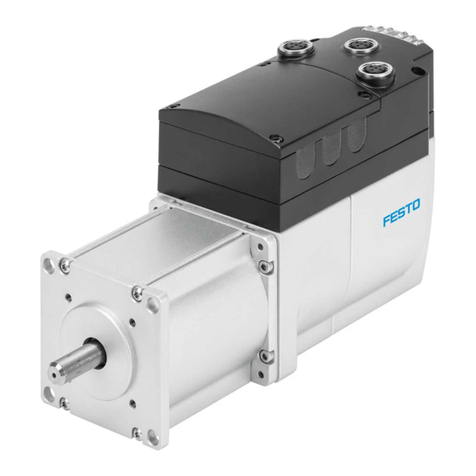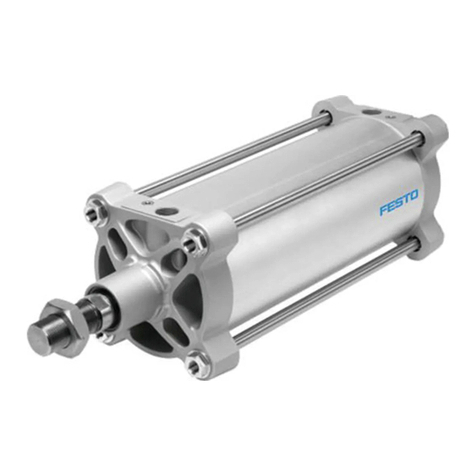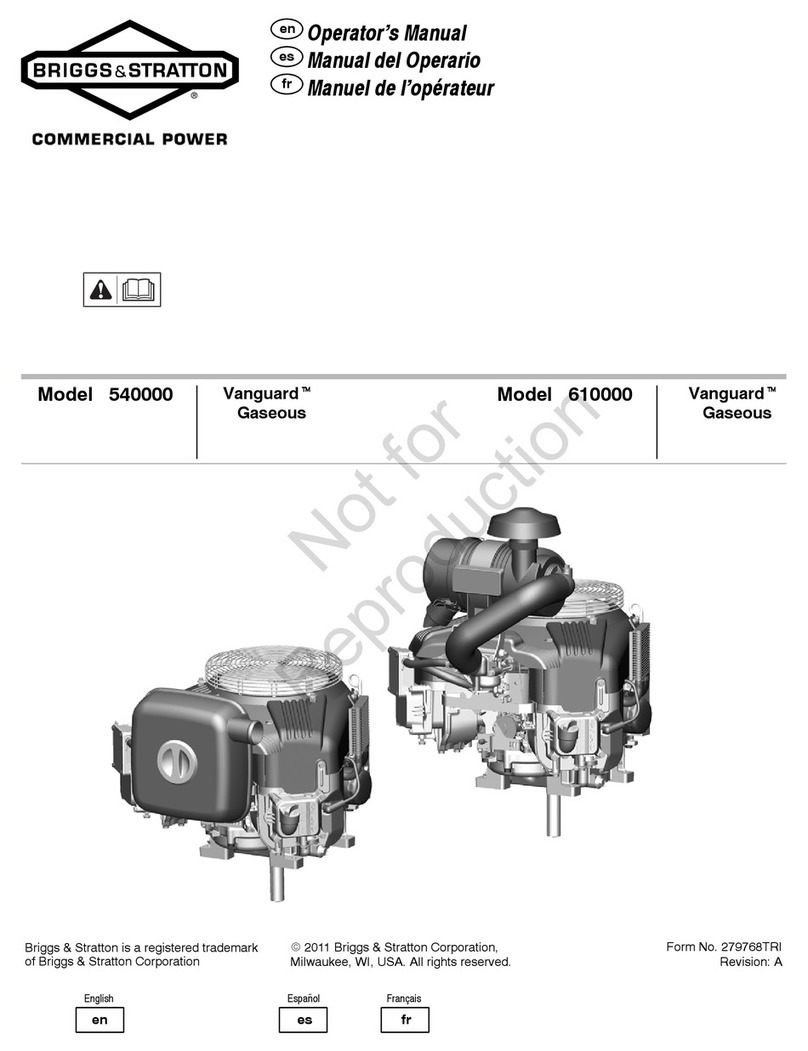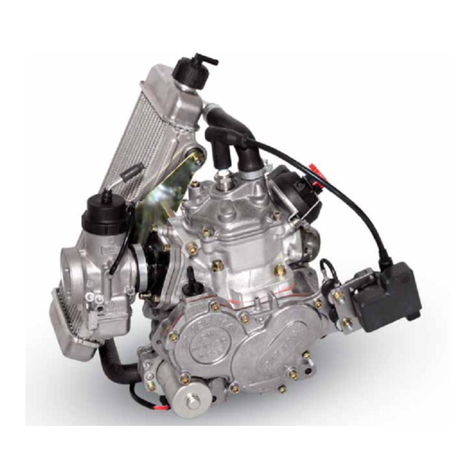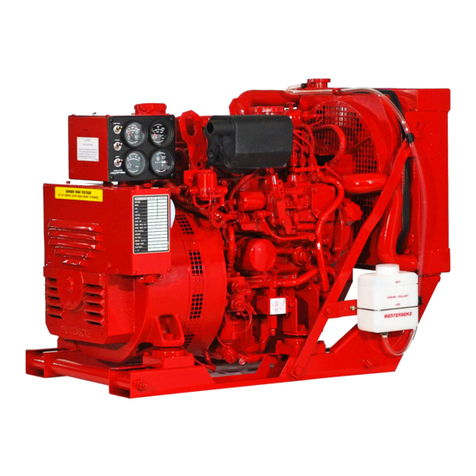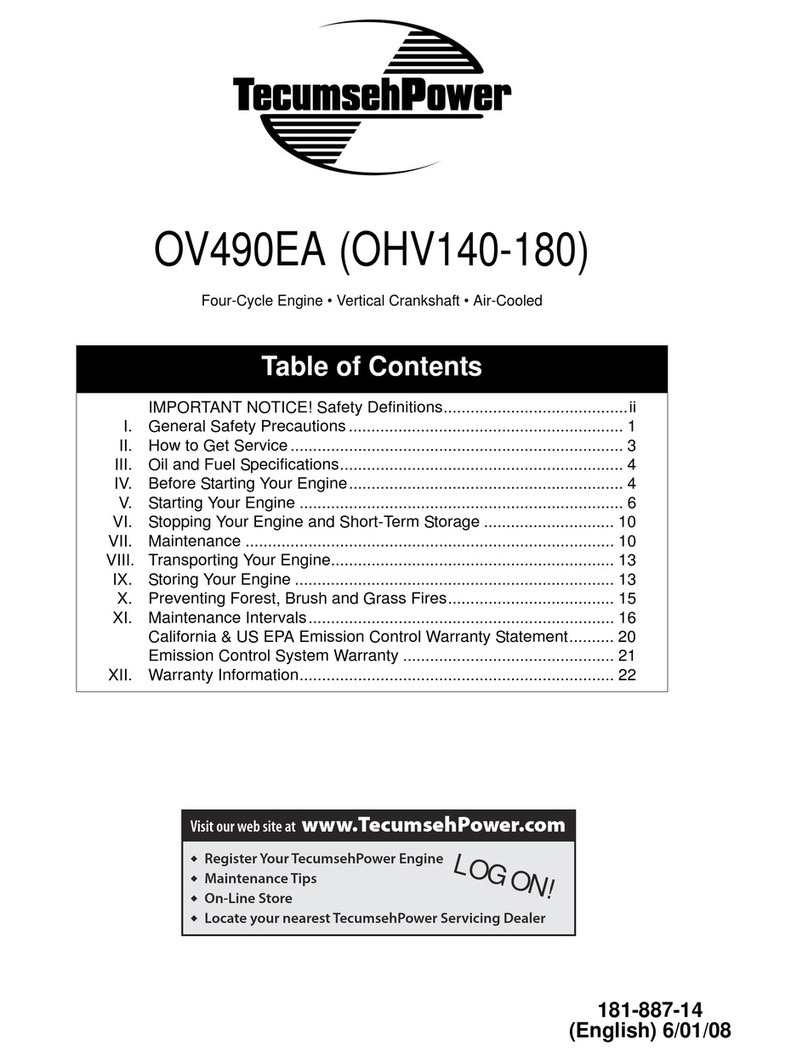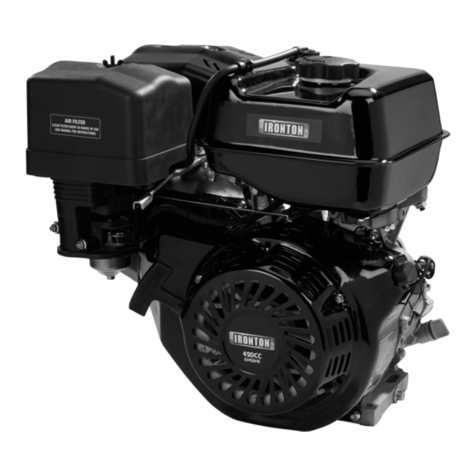Festo MTR-DCI-...IO Series Operating and installation instructions




















Table of contents
Other Festo Engine manuals
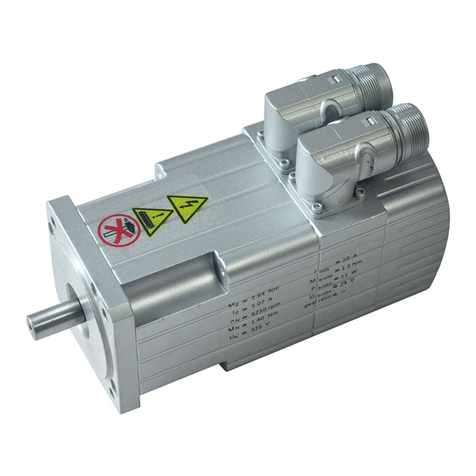
Festo
Festo MTR series User manual
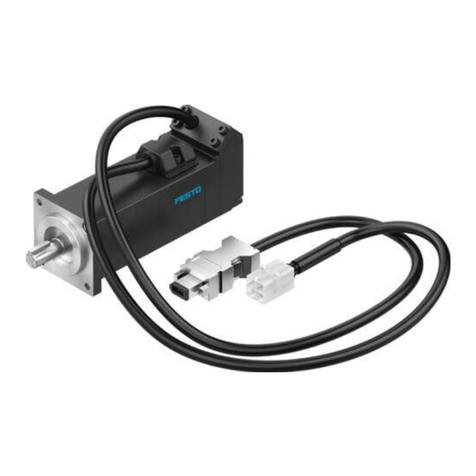
Festo
Festo EMMB-AS Parts list manual
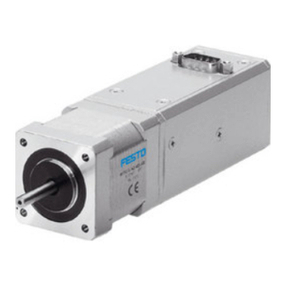
Festo
Festo MTRE-ST42-48S Series User manual

Festo
Festo EMMS-ST User manual

Festo
Festo MTR-DCI series User manual
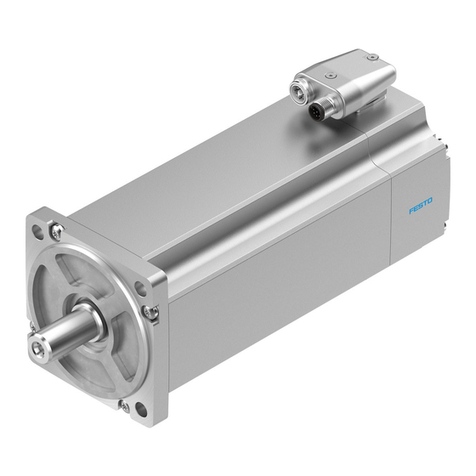
Festo
Festo EMME-AS-100-S Series User manual

Festo
Festo EMMS-AS-100-M-RS User manual
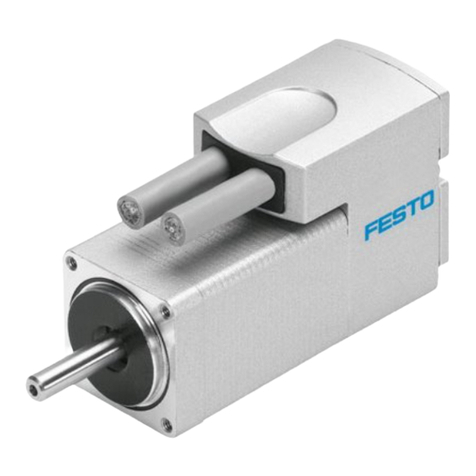
Festo
Festo EMMS-ST-28-L Series User manual

Festo
Festo MTR-DCI User manual

Festo
Festo MTR series User manual

Festo
Festo MTR-DCI series Reference guide

Festo
Festo MTR-DCI series Reference guide

Festo
Festo EMME-AS Series User manual

Festo
Festo EMMS-ST-28-L Series User manual

Festo
Festo MTR-DCI Reference guide

Festo
Festo EMMB-AS User manual
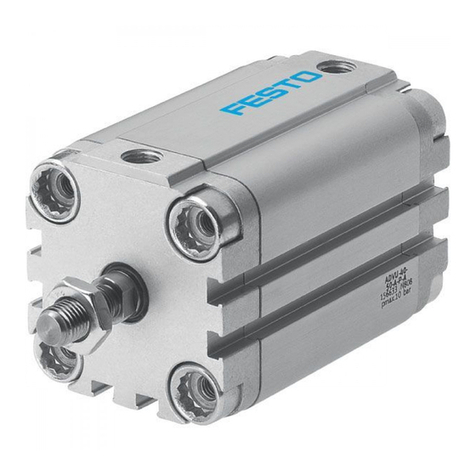
Festo
Festo ADVU Series Setup guide
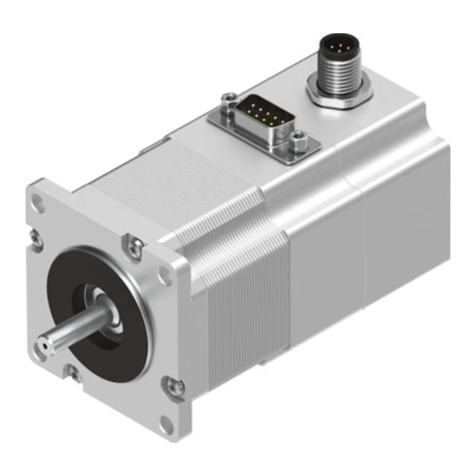
Festo
Festo EMMS-ST-57-S Series User manual
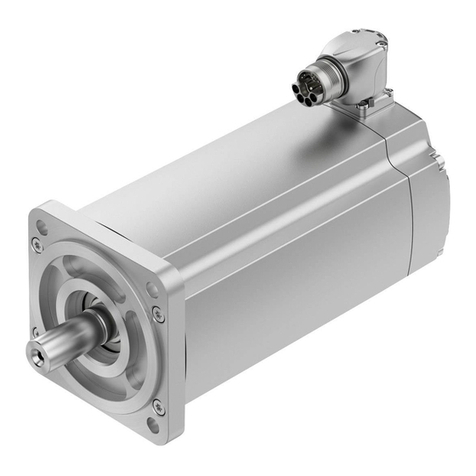
Festo
Festo EMMT-AS Series User manual

Festo
Festo MTR series User manual
Popular Engine manuals by other brands
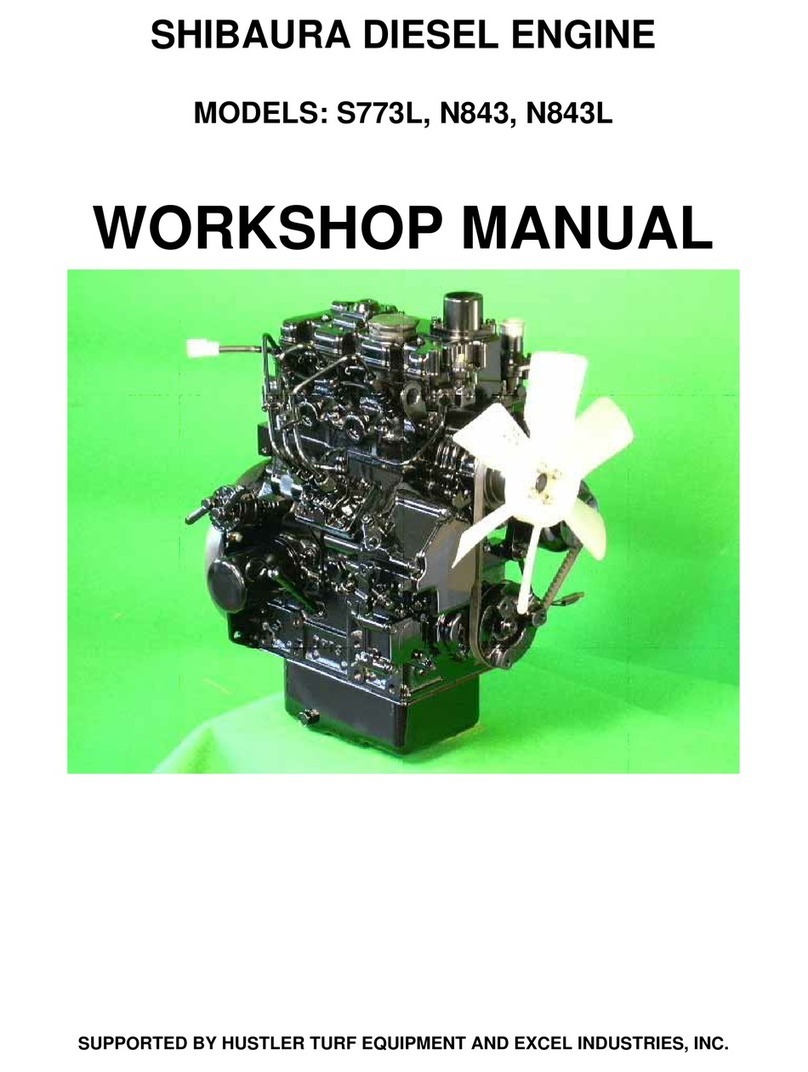
Shibaura
Shibaura N843L Workshop manual

LOMBARDINI MARINE
LOMBARDINI MARINE LDW 1603 M Use and maintenance manual
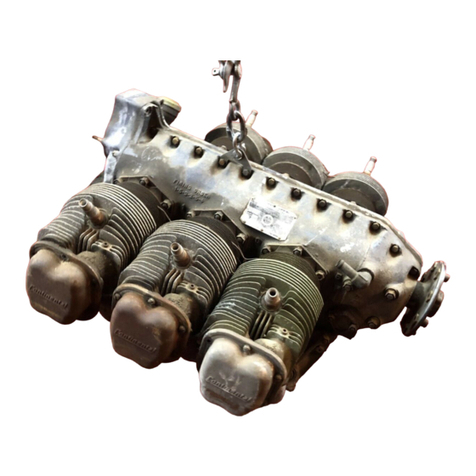
Continental Motors
Continental Motors C-125 manual

Farymann Diesel
Farymann Diesel 37E Repair manual
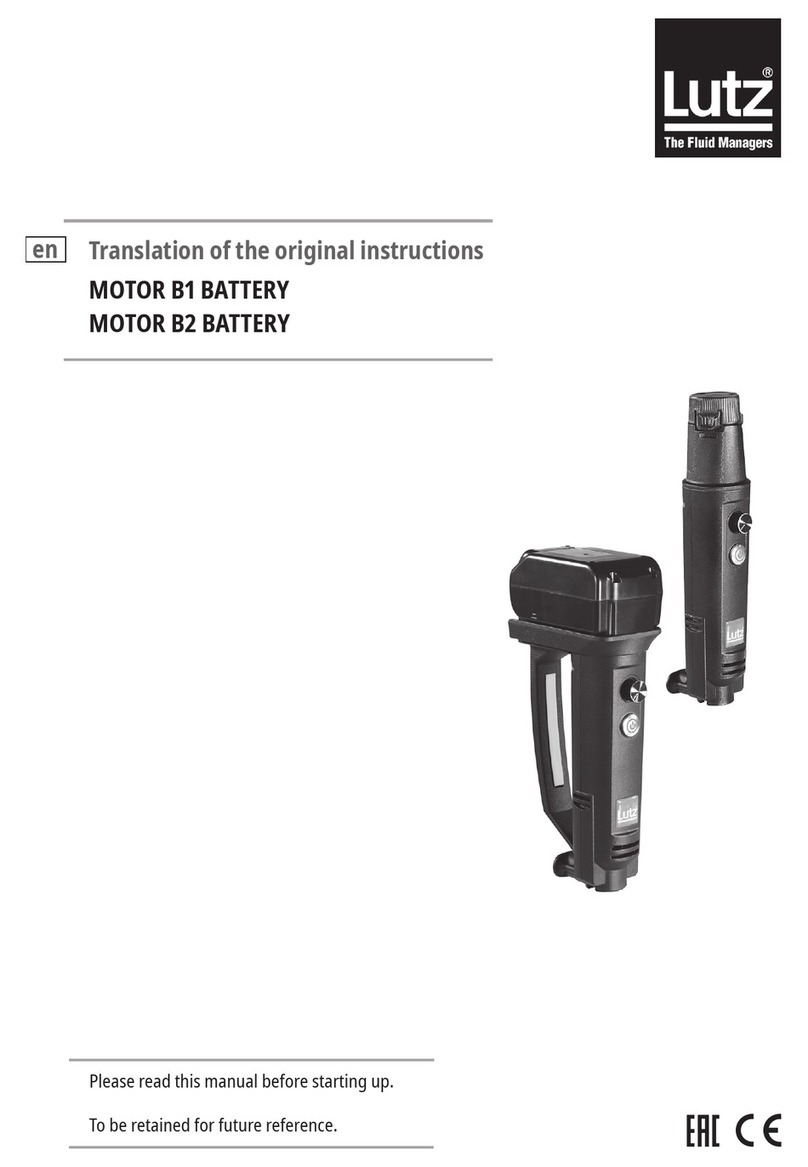
Lutz
Lutz B1 Translation of the original instructions

Fuji Imvac
Fuji Imvac BT-24M Operator's manual

SOMFY
SOMFY Glydea Ultra DCT instructions
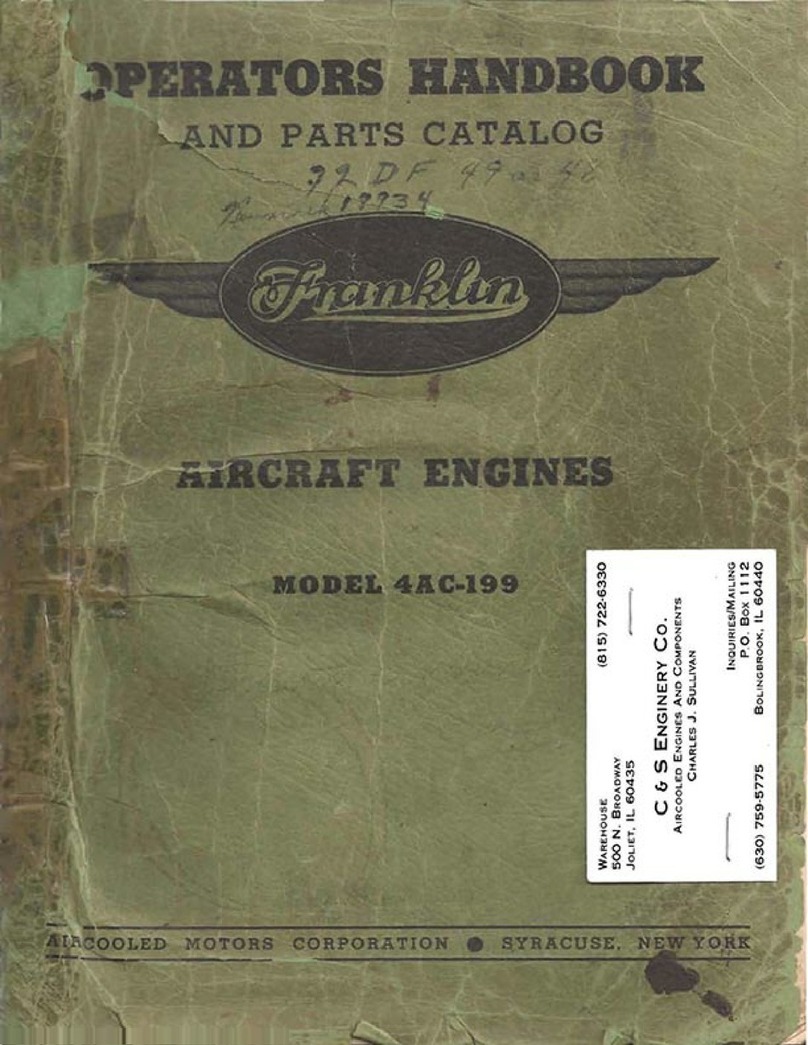
Franklin
Franklin 4AC-199 Operator's handbook
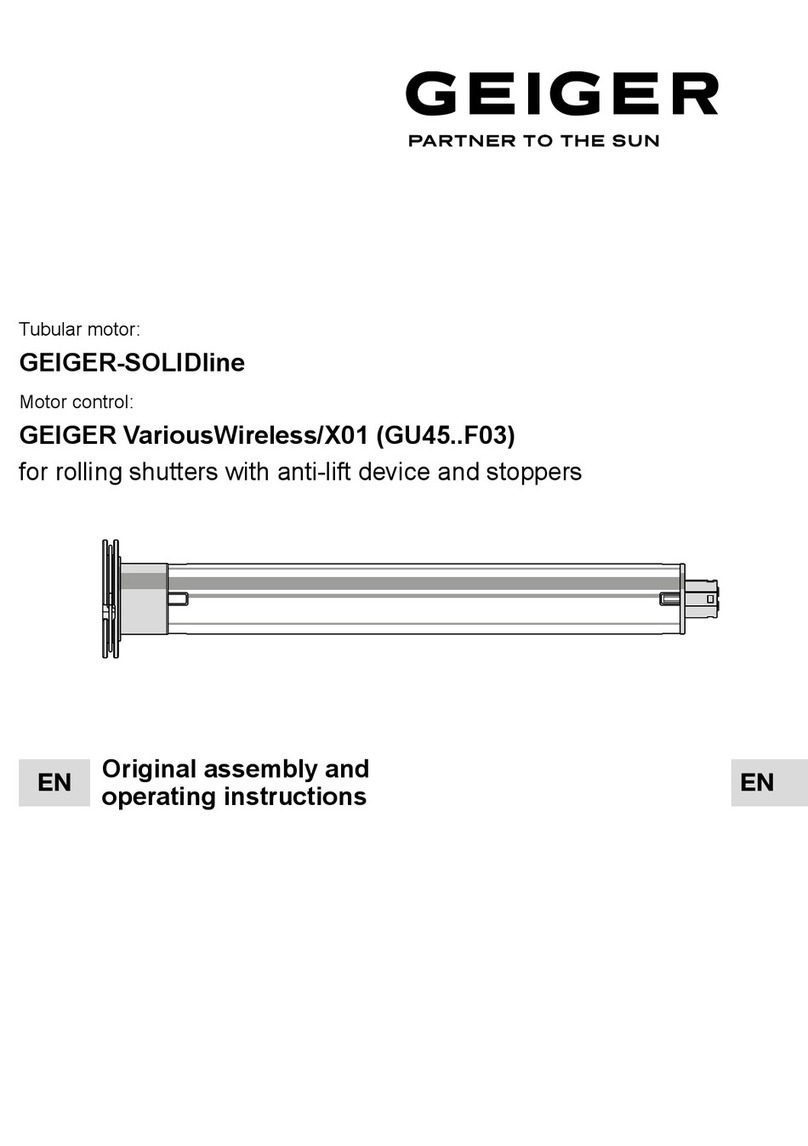
GEIGER
GEIGER GEIGER-SOLIDline Series Original assembly and operating instructions
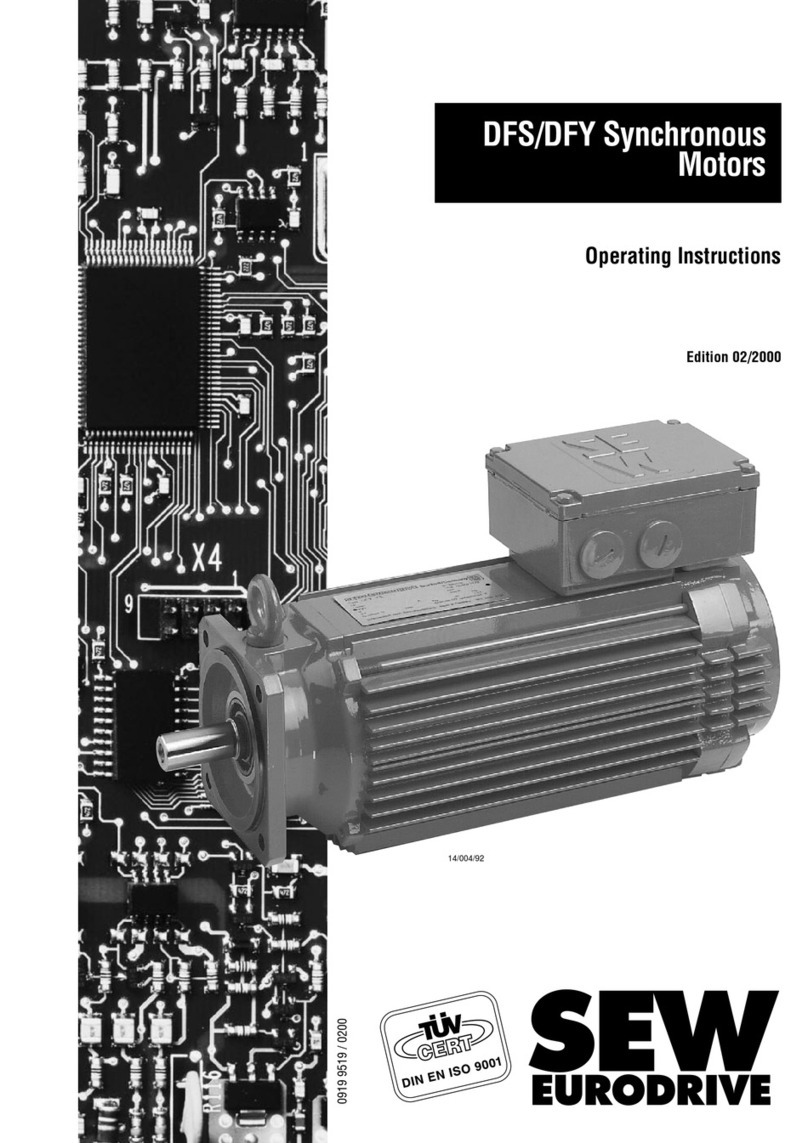
SEW-Eurodrive
SEW-Eurodrive DFS Series operating instructions
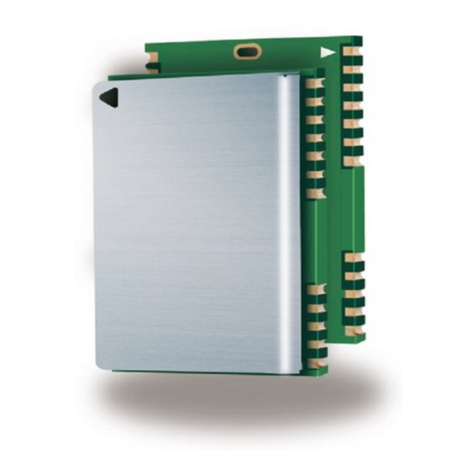
Quectel
Quectel L20 user guide
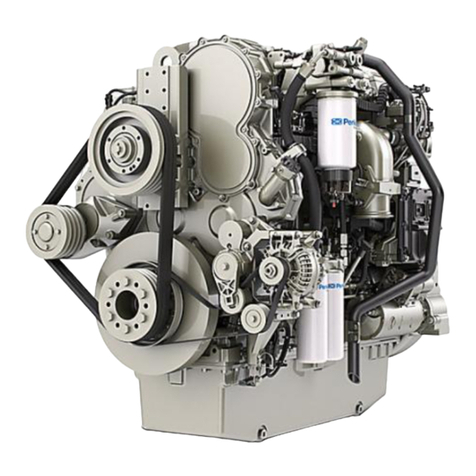
Perkins
Perkins 2506F-E15TA Operation and maintenance manual
